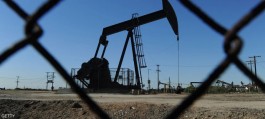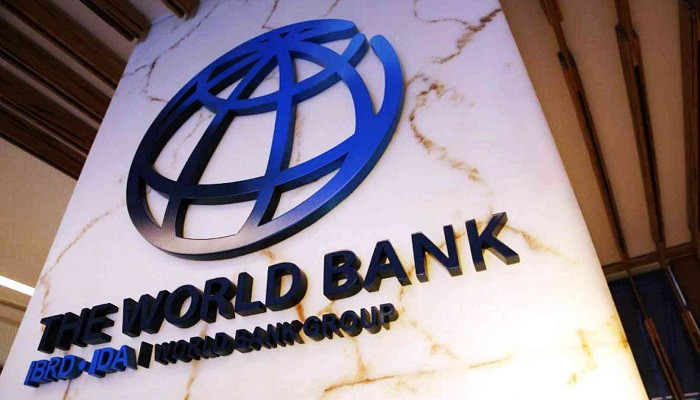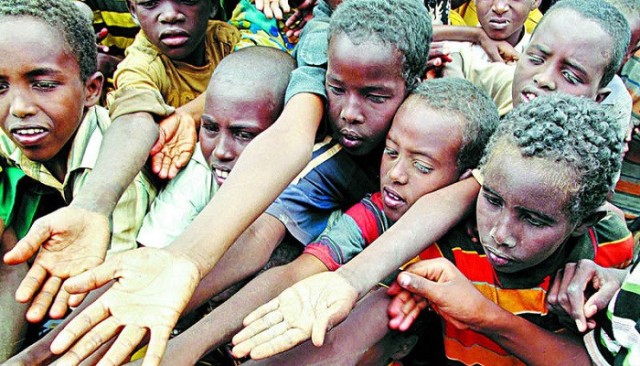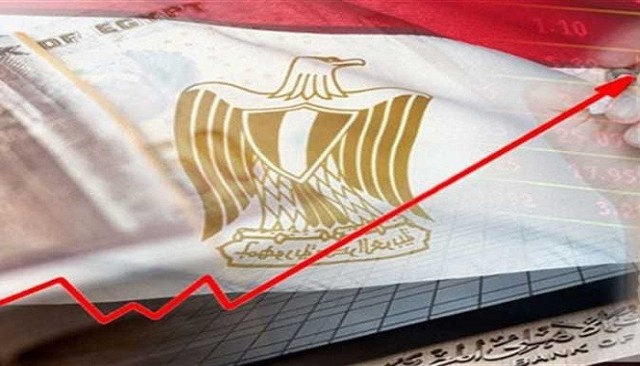The World Bank expects in a recent report that the economies of the Middle East and North Africa region will grow by 5.2% in 2022, the fastest growth rate since 2016.
The Bank said in its report that these expectations come thanks to the unexpected returns from high oil prices, which are in the interest of the oil-exporting countries in the region.
However, he noted, there is a growing state of uncertainty surrounding these predictions due to the ongoing war in Ukraine and the ongoing threats from the coronavirus mutants.
The World Bank expected the region to record a uneven recovery, with averages in the region masking large differences.
Oil-producing countries are likely to benefit from higher prices, along with increased vaccination rates from the coronavirus, while countries that suffer from fragility lags behind.
But inflation risks are growing in the entire region due to the tightening of monetary policy at the global level, the unpredictability of the developments of the Corona pandemic, the continuing disruptions in the supply chains, and the high food prices .
The report indicated that although the growth rate is expected to rise to 5.2%, the per capita GDP, an indicator of living standards, will barely exceed pre-pandemic levels.
Its estimated that GDP per capita will grow by 4.5% in 2022 in the GCC countries. The per capita GDP is expected to grow in middle-income oil-exporting countries by 3%, and by 2.4% in oil-importing countries in the region.
If these predictions come true, 11 out of 17 economies in the Middle East and North Africa may not recover to pre-pandemic levels by the end of 2022, the World Bank said.
He pointed out that as of April 4, 2022, the average vaccination rates in the Gulf countries reached 75.7%, which is much better than their income counterparts.












































